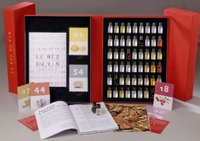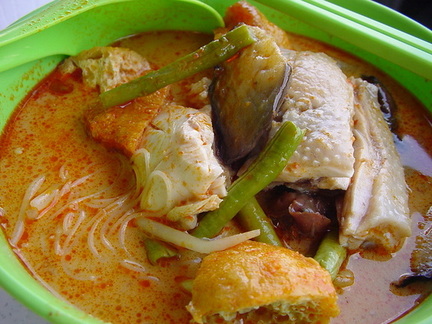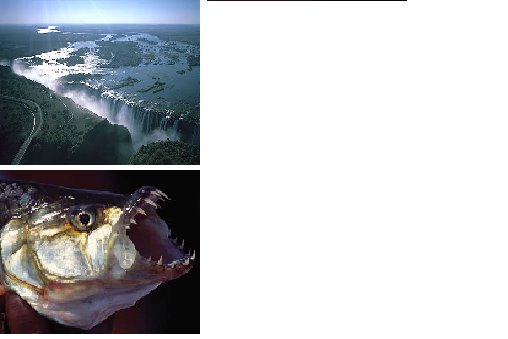When you attend a wine tasting, you might come across a few buckets lying around on the tasting tables, well these are called spittoon. You may also see something similar in old Chinese coffee shops under the tables or if you recently attended a Chinese government's official function, you may see a couple of them lying on the floor next to the end tables (see pic below)
(The Mao-Nixon meeting, 21 February 1972 from left: Zhou, interpreter, Spittoon1, Mao, Nixon, Kissinger & Spittoon2)
At Chinese Government's official functions, these spittoons are for well....depositing ones' excessive saliva or flam. Here's a closer look at the Chinese Spittoon (see pic below)
Traditional Chinese Spittoon or TumTong in Cantonese
In Dionysusland, Spittoons are used for spitting out wine during a tasting (see pic) .
I have observed while visiting many wine tastings that, Malaysians in general do not practice spitting. After much research and sleepless nights, I came to the the conclusion that these non-spitters are either;
- taught by their parents from a young age to be thrifty and so they tend not to waste a sip of good wine
- taught by their parents from a young age to not spit in public. Civic Mindedness lah !
- a bunch of kaki botol (alcoholic) who come to these events to get pissed
- folks who do not realize that spitting during wine tasting is practical and permitted
Here's my 2 cents worth of opinion on spitting during wine tasting; the purpose of going to a wine tasting or wine exhibition ( which means larger scale), is to taste wine, get exposure to as many wine as possible, and to assess the viability of these wines, either for your own private enjoyment or business purposes. Steps to take when tackling these scenario efficiently while being able to marinate your liver thoroughly is as follows;
- Know the size of the event and the number of booths or tasting tables that you plan to visit that day.
- Plan your tasting route and visit all booths or tables systematically and what ever you do, never get distracted by things like nice looking chick or dude behind the tasting tables.
- Have a note pad with you and just rate the wines you taste on a scale of say 1 to 10 (or whatever else kind of scale that works for you). When you taste (if you are new to wine tasting, pls look in up in google cos i dont wanna be the 10th zillion person talking the subject on the www, but I will be more that happy to give my opinion on the subject if you should request) pls make sure that you get a precise indication on our tasting scale, record the finding and SPIT ! But why ? the wine tasted fantastic you say !.......Relax and remind yourself that you have another 50 wines to taste and assuming every tasting portion is about 30ml, you would have ingested 750ml (one standard bottle) by the time you hit the halfway mark. Which means, you'd be piss-faced totally.
- Go through the motion, taste, rate, spit. Finish you planned route. Pick the ones you like, go back for a second tasting and third if you like.(they usually tolerate a few visits ). If these return visits are not too great in number, you may start swallowing in moderation as to not get yourself drunk and risk embarrassing yourself in public. Otherwise, you'd better pace yourself.
In short, keep a cool(sober) head, pick out what you like and drink, and if you like, get drunk, but as in all things in life, moderation is key I say !







